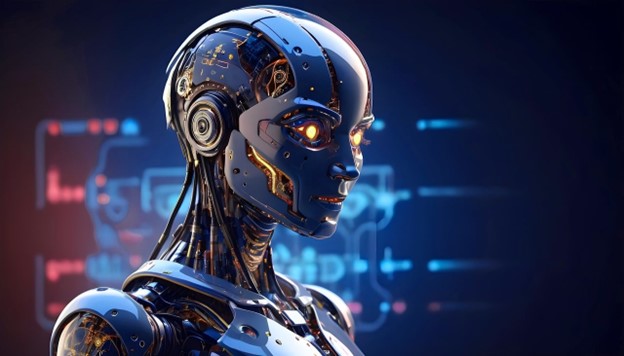Robotics will never have a 'ChatGPT moment'
This year marks an exciting time in the realm of general robotics technology. Reflecting on the progress made in 2024, it's clear that significant advancements have been achieved. Looking ahead, it is intriguing to speculate on what the future holds for the field.

Predictions for 2025
By the end of 2025, a key prediction is that humanoid robots will become commercialized. These robots are expected to share similar components, allowing for greater accessibility in their production. The shift towards open-source components is driven by economies of scale, leading companies to move away from proprietary technologies.
One driving factor behind this shift is the utilization of closed-loop control based on Reinforcement Learning (RL), enabling real-time control without the need to focus on specific actuator characteristics. Companies are likely to adopt open-source MIT Cheetah actuators due to their efficiency and cost-effectiveness, rendering other actuator designs less competitive.
While the hardware components may converge, variations in robot designs are expected to persist. Design decisions, such as the arrangement of degrees of freedom and the selection of grippers, will continue to be influenced by specific application requirements.
Impact of Commercialization
The commodification of general-purpose robot hardware will diminish the competitive advantage of existing robot companies. By the end of 2025, it is projected that the market prices of humanoid and home robots will significantly decrease, making them more accessible to consumers.

Another prediction is that robotics technology will not experience a "ChatGPT moment," characterized by the sudden emergence of a highly capable general intelligence model for robots. The complexity of training such a model necessitates a vast amount of specific agent data, making incremental improvements a more viable approach.
While advancements in robotics are expected in 2025, achieving "ChatGPT-level" performance will be a gradual process rather than a singular breakthrough. Companies may need to pivot towards product development to stay competitive in the market.
Consumer Adoption of Humanoid Robots
By the end of 2025, it is anticipated that more than half of the humanoid robots sold in the US will be for consumer use. The evolving utility of general-purpose robots, particularly in speech and vision applications, will drive consumer interest.

Enterprises adopting humanoid robots are likely to resemble professional consumers, shifting away from traditional enterprise approaches. The focus on user engagement and market segmentation will be crucial for companies to thrive in the evolving robotics landscape.
The future of robotics lies in bridging the gap between consumer appeal and technological advancement. Companies must adapt to changing consumer preferences and market dynamics to succeed in this rapidly evolving industry.
Original Link: https://ben.bolte.cc/posts/2024-12-23-predictions This article is from the WeChat public account "InfoQ".




















